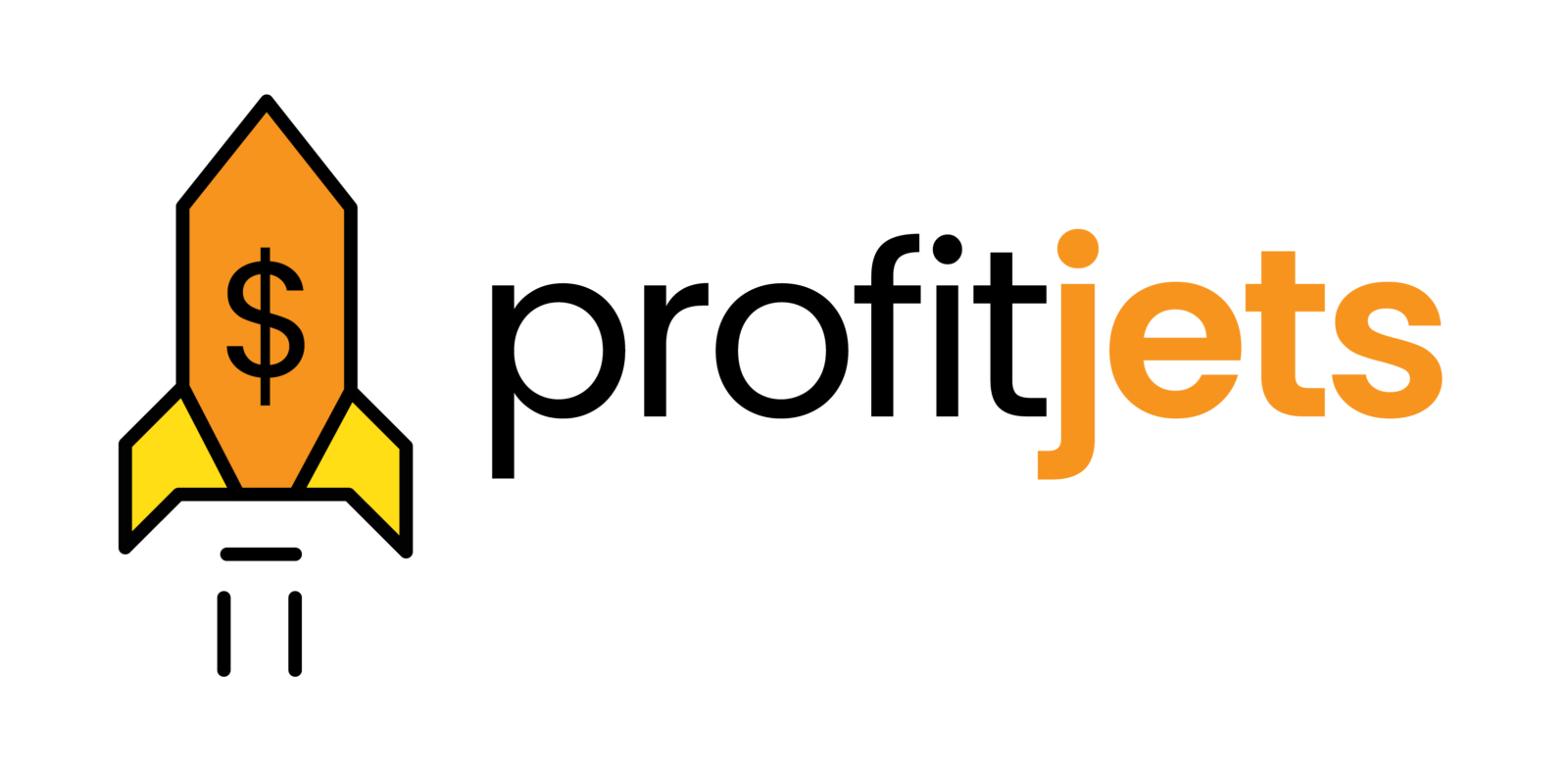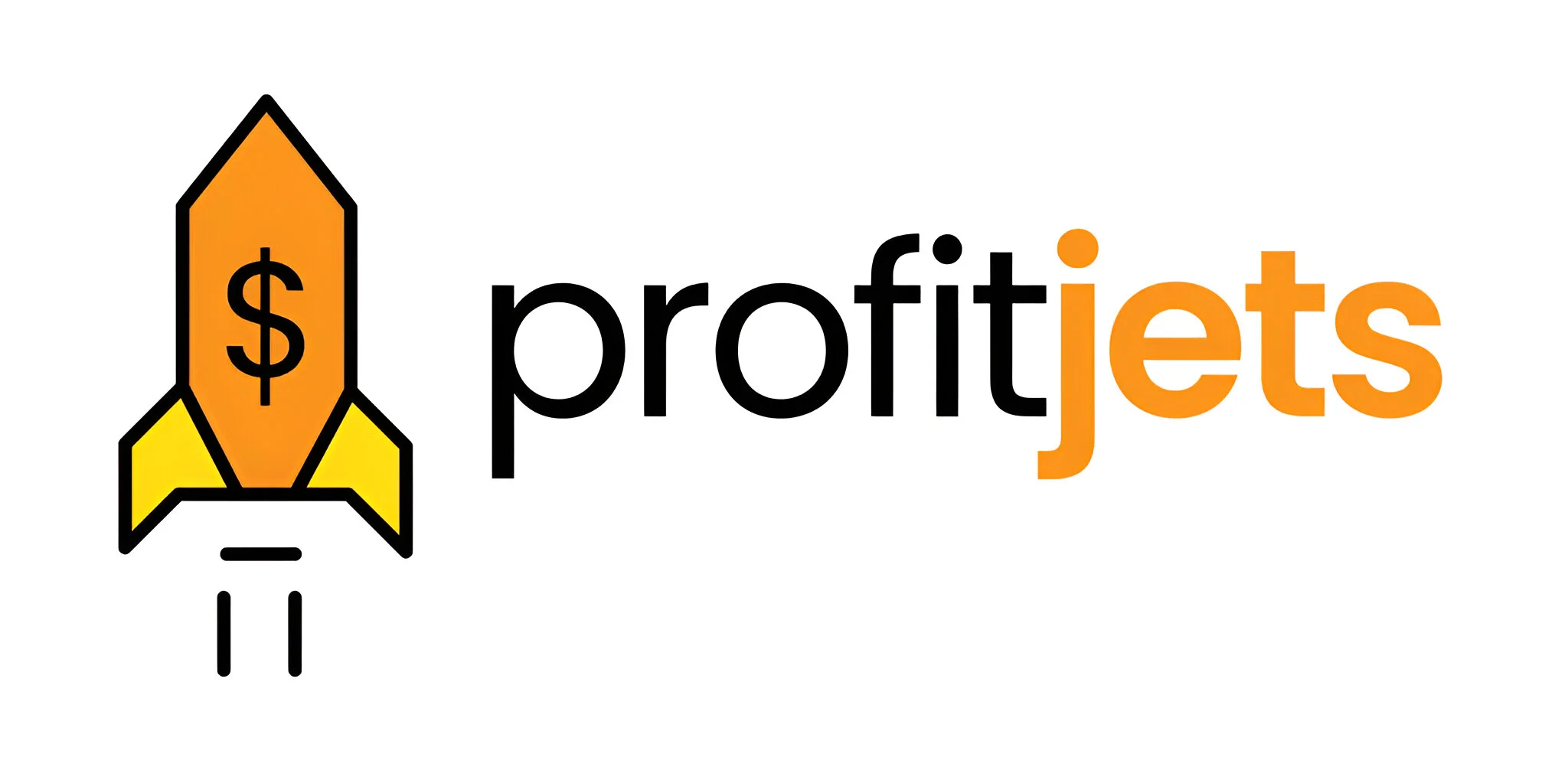Managing money as a self-employed professional is both liberating and challenging. While you have control over your finances, it’s easy to fall into financial pitfalls that can jeopardize your business and peace of mind. This guide highlights 10 common money mistakes self-employed individuals make—and how to avoid them in 2025.
Table of Contents
1. Not Having an Emergency Fund
Without a safety net, you’re vulnerable to sudden medical bills, equipment failures, or income loss. Aim to build at least 3–6 months’ worth of essential expenses in a separate savings account.
2. Investing in Things You Don’t Understand
Before jumping into stocks, crypto, or any investment, ensure you understand the risks. Always do your research or consult a professional.
3. Being a Perfectionist
Striving for perfection often leads to procrastination. Focus on consistency over perfection—getting things done is better than getting stuck aiming for flawlessness.
4. Losing Time on Social Media
Social media distractions can waste hours and cost you money. Limit daily usage, avoid starting your day online, and schedule screen-free planning time.
5. Ignoring Tax Requirements
Late filings and unpaid taxes can lead to penalties. File on time, keep accurate records, and consult a tax pro to ensure you’re using all available deductions.
6. Assuming All Expenses Are Tax-Deductible
Not all business expenses qualify. For example, personal travel and general entertainment often aren’t deductible. Know what counts and consult a tax advisor.
7. Overspending on Rent and Bills
Keep fixed costs below 30% of your income. Reevaluate your rent, subscriptions, and bills—downgrade or negotiate to free up money for savings and growth.
8. Not Asking for Help
Trying to do it all leads to burnout. Get guidance from accountants, mentors, or financial coaches. Outsourcing often saves you money in the long run.
9. Underinvesting in Marketing
Even the best product won’t sell if no one knows it exists. Allocate budget for marketing—social media, SEO, email, and local outreach- to build brand awareness.
10. Lacking a Clear Business Strategy
Without a roadmap, you’re just winging it. Identify your revenue streams, pricing, customer journey, and growth goals. Update your plan quarterly.
Final Thoughts
Avoiding these money mistakes can mean the difference between struggling and thriving in self-employment. Stay proactive, ask for help, and always work with a clear plan.
1. What are common financial mistakes self-employed individuals make?
Self-employed individuals often encounter financial pitfalls such as:
Not maintaining an emergency fund.
– Mixing personal and business finances.
– Neglecting to save for retirement.
– Failing to track income and expenses accurately.
– Overlooking tax obligations and deadlines.
These mistakes can lead to financial instability and hinder business growth.
2. How can I avoid tax mistakes as a self-employed person?
To steer clear of tax-related errors:
– Keep meticulous records of all income and expenses.
– Set aside funds regularly to cover tax liabilities.
– Make estimated tax payments quarterly.
– Consult with a tax professional to understand deductions and credits applicable to your situation.
Proactive tax planning helps prevent penalties and ensures compliance.
3. Why is separating personal and business finances important?
Separating finances:
– Simplifies bookkeeping and tax preparation.
– Provides a clear picture of business profitability.
– Protects personal assets in case of legal issues.
– Enhances credibility with clients and financial institutions.
Establishing separate bank accounts and credit cards for business use is a recommended practice.
4. How much should I save for an emergency fund when self-employed?
It’s advisable to save:
– At least 3 to 6 months’ worth of living expenses.
– Consider a larger cushion if your income is highly variable.
An emergency fund provides financial security during periods of reduced income or unexpected expenses.
5. What steps can I take to plan for retirement as a self-employed individual?
Retirement planning steps include:
– Opening a retirement account such as a SEP IRA, Solo 401(k), or SIMPLE IRA.
– Contributing regularly to your retirement savings.
– Diversifying investments to mitigate risk.
– Consulting a financial advisor to tailor a retirement plan to your goals.
Starting early and contributing consistently can lead to a comfortable retirement.










